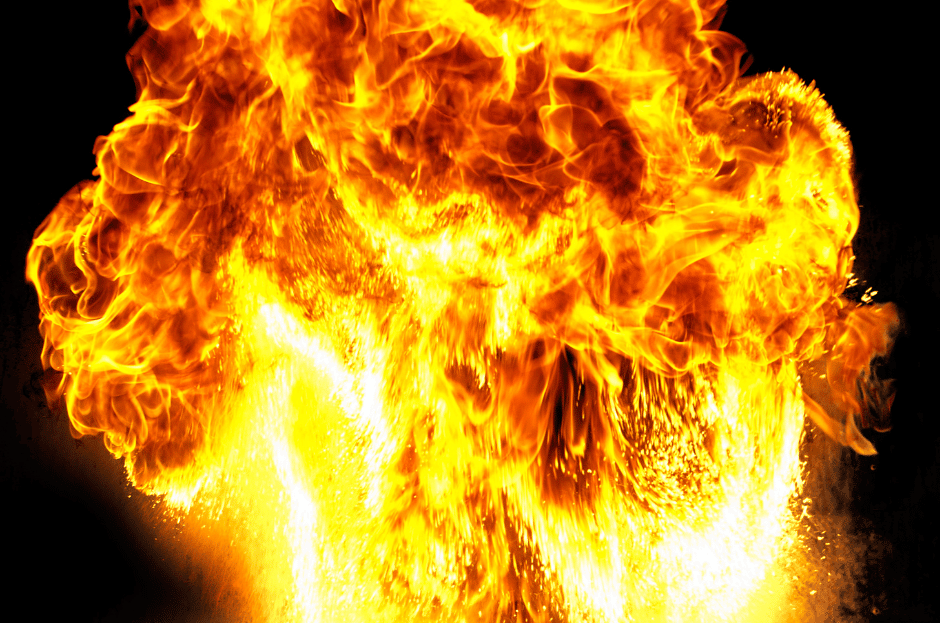July 20, 2022
What is combustible dust?
Combustible dusts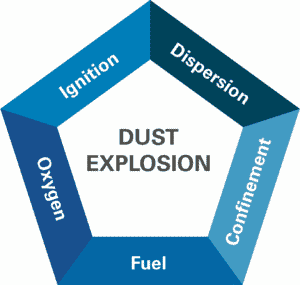 are fine particles that when suspended in air under certain conditions, can present an explosion hazard. Even materials that do not burn in larger sizes, given the proper conditions, can be explosible in dust form. A dust explosion can cause catastrophic loss of life, injuries, and destruction of buildings.
are fine particles that when suspended in air under certain conditions, can present an explosion hazard. Even materials that do not burn in larger sizes, given the proper conditions, can be explosible in dust form. A dust explosion can cause catastrophic loss of life, injuries, and destruction of buildings.
Combustible Dust Examples
A wide variety of materials that can be explosible in dust form exist in many industries.
Examples of these materials include:
- food (e.g., candy, sugar, spice, starch, flour, feed)
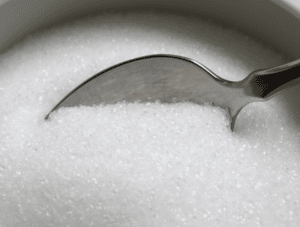
- grain
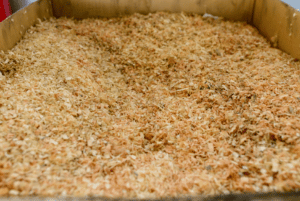
- tobacco
- plastics
- wood
- paper
- pulp
- rubber
- pesticides
- pharmaceuticals
- dyes
- coal
- metals (e.g., aluminum, chromium, iron, magnesium, and zinc).
These materials are used in a wide range of industries and processes, such as agriculture, chemical manufacturing, pharmaceutical production, furniture, textiles, fossil fuel power generation, recycling operations, and metal working and processing which includes additive manufacturing and 3D printing.
Combustible Dust Incidents
The U.S. Chemical Safety and Hazard Investigation Board (CSB) identified 281 combustible dust incidents between 1980 and 2005 that led to the deaths of 119 workers, injured 718, and extensively damaged industrial facilities.
In many of these incidents, workers and managers were unaware of the potential for dust explosions or failed to recognize the serious nature of dust explosion hazards.
New Taipei Water Park Explosion
In June 2015, at the New Taipei Water Park in Taiwan, 496 people were injured and 15 people were killed in a combustible dust explosion. At a concert, electronics ignited a combination of cornstarch and food coloring that was thrown in the air. This was Taiwan’s largest medical emergency since the 1999 earthquake in Jiji.
Imperial Sugar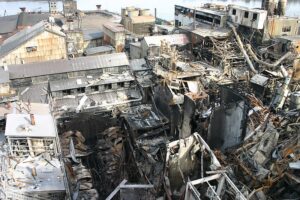
On February 7, 2008, a sugar dust explosion and fire at a sugar refinery in Port Wentworth, Georgia caused 14 deaths and left many other workers seriously injured with severe burns. $100M was spent for the clean-up, future design, and accounting for the loss of revenue.
Dust Hazard Analysis (DHA)
On September 7, 2020, the Occupational Safety and Health Administration (OSHA) general duty clause mandates the NFPA 652 Dust Hazard Analysis (DHA) standard, a systematic review to identify and evaluate the potential fire, flash fire, or explosion hazards associated with the presence of one or more combustible particulate solids in a process or facility.
What does a DHA provide:
- Identifies where fires and explosions can occur
- Identifies the potential causes and consequences
- Determines if existing and proposed safeguards are sufficient
Why conduct a DHA?
- Ensure fire and explosion protection is sufficient to:
- Protect employees
- Maintain business continuity
- Identify safe operating ranges
- Comply with codes
- Insurance company requirements
S&ME Services
Our team can help coordinate an onsite visit, third-party testing, a DHA, and the development of a Combustible Dust Program. We offer Education Courses, covering the basics of combustible dust along with a brief understanding of the terminology in the NFPA 652 and associated standards.
- Initial Consultation
- This is typically the first step in the process of collecting an onsite sample.
- Screen Test Explosibility Testing of the Dust (Go/No Go Testing)
- We work with a third-party contractor for testing.
- OSHA Test Bundle (Recommended if Go)
- 20L Explosive test (ASTM E1226 Standard): Tells us how explosive the material is.
- MEC (20L Minimum Explosive Concentration for Dusts — MEC (ASTM E1515)): Tells the minimum amount of dust required to explode and helps us identify areas with more risk.
- MEI (Minimum Ignition Energy for Dusts (with and without Inductance — MIE (ASTM E2019)) – What type of ignition source is needed? Can it be started with just static?
- MAIT (Minimum Auto Ignition Temperature of Dust Clouds — MAIT (ASTM E1491)) – Tells us at what temperature a cloud ignites and if we need to be concerned with processes or specific equipment.
- Dust Hazard Analysis (DHA) – We use all of the test data and onsite audit to determine the needs of protection and a priority list for each client.
- Development of the Combustible Dust Program
- Housekeeping Program
- Training
- Awareness Level
- Action Level
- Area Classification (Electrical Evaluation)
Contact Us
For more information on combustible dust services, please contact Chuck Black.

